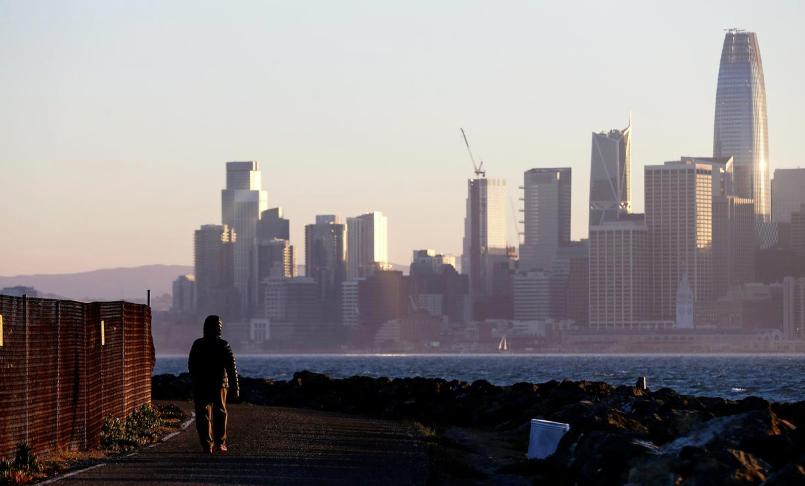The Jobs Of The Future Are All Gravitating Toward The Same Few U.S. Cities
A recent analysis of where new innovation jobs are being created in the United States shows an ugly picture of a bifurcated economy where “jobs of the future” are focused in just a few cities.
Divergence in job growth, incomes and future prospects continue to be political talking points and the focus of economic research. It has also been a source of some social stress, according to Reuters.
The Brookings Institution released research recently that shows that the problem may be more profound than many people thought. Cities like Dallas, which has performed well in terms of overall employment growth, is still trailing in attracting workers in 13 separate industries.
And about 20 US cities, led by San Francisco, Seattle, San Jose, Boston and San Diego have sucked up much of the chemical manufacturing, satellite telecommunications and scientific research jobs between 2005 in 2017. These cities captured an additional 6% of “innovation” jobs, amounting to about 250,000 positions.
Many companies in these industries tend to benefit from being closer to one another and they are able to target educated employees with urban amenities.
Brookings Institution economist Mark Muro said the trend risks could wind up “self-reinforcing and destructive, as the workforce separates into a group of highly productive and high-earning metro areas and everywhere else.”
And even though it is expensive to operate in Silicon Valley, prompting many companies to move some offices out of the area, the moves haven’t been large enough to register or make a difference in the overall trend. Muro says that most US metro areas are either losing innovation jobs outright or gaining no share.
His study showed “a clear hierarchy of economic performance based on innovation capacity had become deeply entrenched.”
“Across the 13 industries they studied, workers in the upper echelon of cities were about 50% more productive than in others,” his data showed.
(click to enlarge)
After World War II in the U.S., labor was more mobile and the types of industries driving the economy were more diverse and less clustered. This trend started to reverse around 1980 and there are now growing concerns of the United States is separating into two different economies, prompting efforts to spread the benefits of economic growth more evenly.
The Federal Reserve said that this was a risk to possible overall growth and many political figures have addressed the issue as well. The key directive of Trump’s trade war with China, in fact, is to help provide a resurgence in labor to depleted areas of the country.
The authors of the study believe that “federal research grants, tax breaks, and loosened regulations” are the keys to solving the problem. They propose “focusing on around 10 inland cities with a large enough population and existing tech expertise to contribute” and the idea will be discussed by a congressional caucus on competitiveness this week.
“It is wishful thinking we will turn this around without some directed federal support,” Muro concluded.
Tyler Durden
Fri, 12/13/2019 – 21:05
via ZeroHedge News https://ift.tt/2qPFxW5 Tyler Durden

